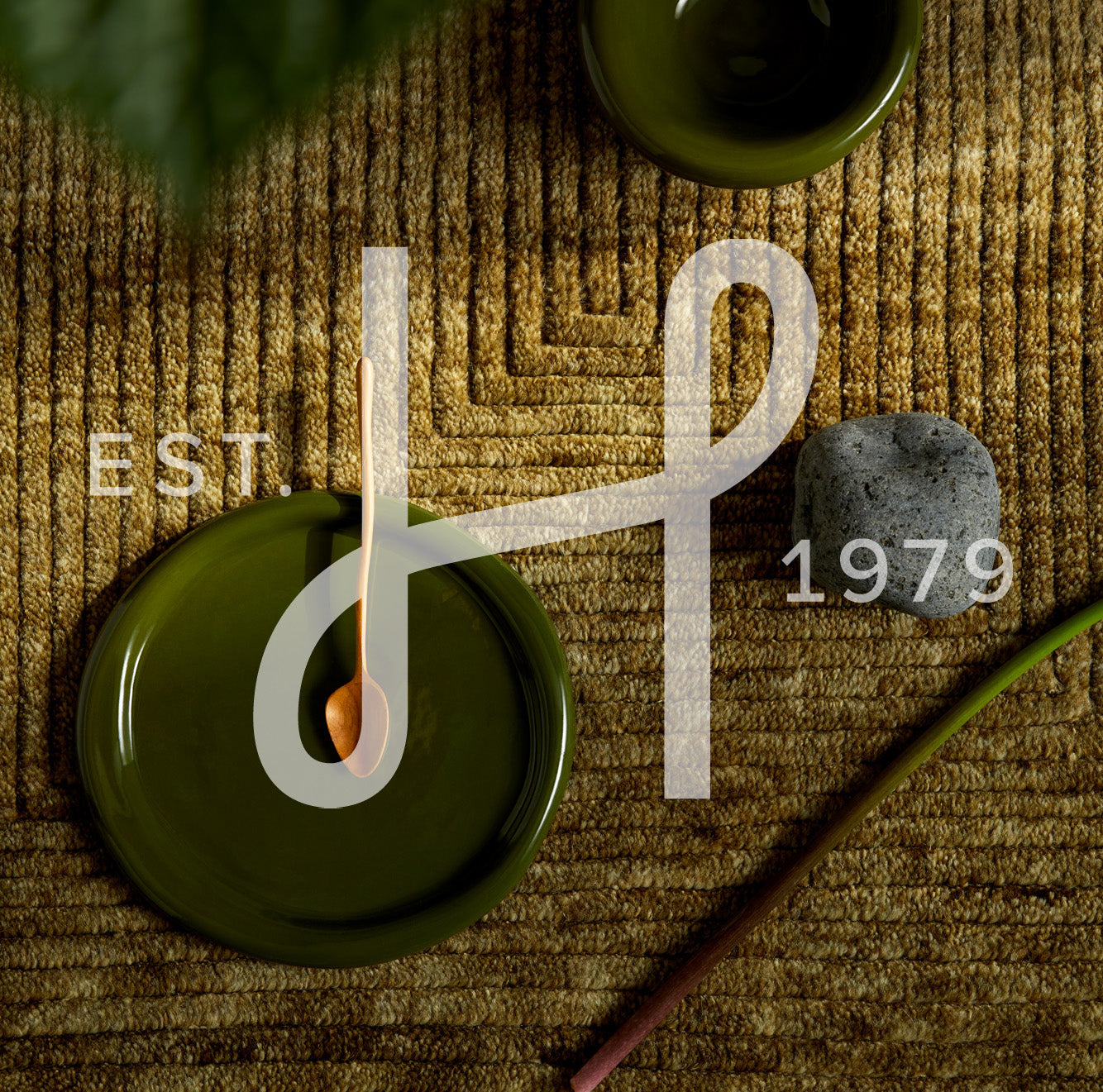Since the dawn of civilisation, people have been decorating their homes with art that conveys meaning. From ancient wall paintings to modern-day street art, over time we’ve developed a deep appreciation of carefully crafted visual representations that bring us joy and philosophical nourishment.
One fascinating art form that has captivated much of the world for centuries is Persian rug patterns; from intricate Farahan rugs often found in formal drawing rooms to antique Kerman pieces gracing elegant libraries – what many see as just a decorative item actually holds deeply symbolic values about culture, religion, life philosophy and storied traditions passed down through generations.
What makes Persian rug patterns so unique?
Persian rugs are known for their intricate and colourful patterns, which make them unique compared to other types of carpets. Persian rug patterns are typically geometric and feature a variety of motifs such as flowers, animals, plants and abstract shapes.
The combination of these elements creates an eye-catching design that can enhance any room's decor.
The patterns of a Persian rug are created by the skilled artisans who weave them, using techniques that have been handed down through generations. These techniques involve knotting and looping wool yarn to create intricate shapes and symbols.
Each weaving style has its unique characteristics which can include variations in colour, pattern size and even how motifs are arranged. This gives Persian rugs their unmistakable style and makes them one-of-a-kind. In addition to the unique patterns, Persian rugs also stand out for their high-quality materials and craftsmanship.
Symbolism of Persian rug patterns explained
Herati pattern
The Herati symbol is one of the most widely used motifs in Persian rugs. It's composed of a rosette at its centre, with two outward-pointing leaves or blunted blades and two inward-facing serrated leaves.
The Herati often appears in a variety of sizes, shapes, and colours within a single rug, and sometimes is even featured in a border. The Herati symbol has a deep cultural significance that dates back centuries. It's believed to represent fertility and abundance of life, as its circular shape is reminiscent of the sun and its four leaves stand for the four directions in which life can flow.
The Herati is believed to ward off evil spirits, bring prosperity and good luck, and attract positive energy. The Herati symbol isn't just a cultural tradition - it's also a very useful design element for rugs. Because of its symmetrical shape, the Herati can easily be repeated in many different ways throughout a rug to create beautiful designs that are eye-catching yet harmonious. It's also a great way to add texture and visual interest while still maintaining a cohesive overall pattern.
Boteh pattern
The Boteh pattern is a classic, geometric design that has been used in Persian rugs for hundreds of years. It is thought to represent the cypress tree, an important symbol in Persian culture.
The shape of the Boteh can be interpreted as a flame, an abstract representation of fire and energy. Some believe the Boteh symbolises fertility since it looks like a vase or an egg. The Boteh pattern also has spiritual meanings for some. It can represent divine energy and enlightenment, connecting one to higher realms of consciousness.
The symmetrical shape is also thought to express balance and harmony between universes, representing a connection between physical and spiritual realms. In modern times, the Boteh pattern is still used in Persian rugs and other art forms, but it has also come to symbolise infinite love and eternal beauty.
No matter what its meaning, the Boteh pattern is an enduring symbol of Persian culture and artistry that has been admired for centuries. Its timeless beauty can be found in homes all over the world, bringing a sense of tranquillity and grace wherever it goes. The symbols have the power to bring a unique energy and beauty into any space, creating a special connection between past and present.
Persian rugs
Rich in both history and artistry, Persian rugs have long been considered one of the most iconic symbols of Eastern culture. Featuring mesmerising motifs and vibrant colours, a well-made Persian rug can transform any interior with its unique charm.
Since ancient times, weavers have used these intricate geometric formations to express spiritual beliefs and invite good luck into their homes – so if you’re looking for an extra layer of thoughtfulness for your abode this season, then now is the time to discover the hidden design secrets behind some of the Persian rug's oldest motifs!
17th May 2023

